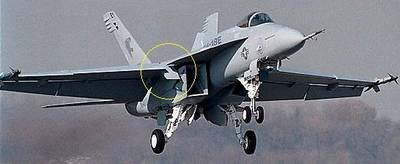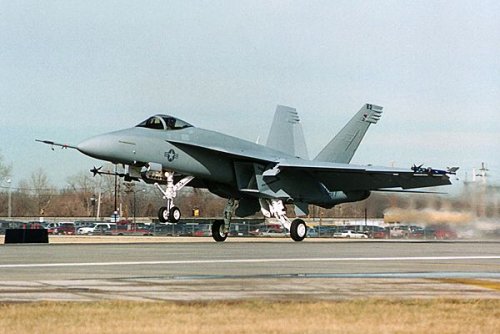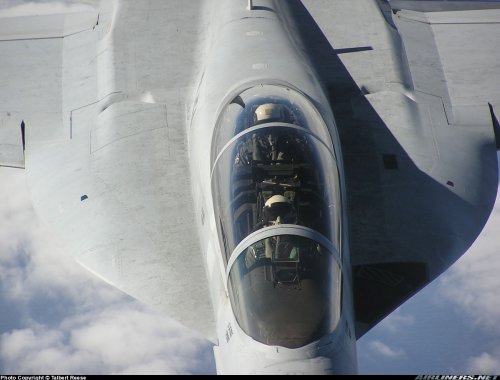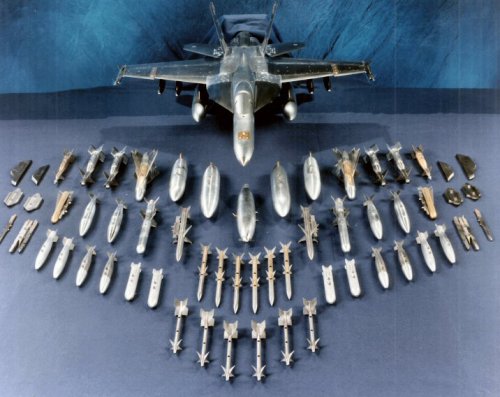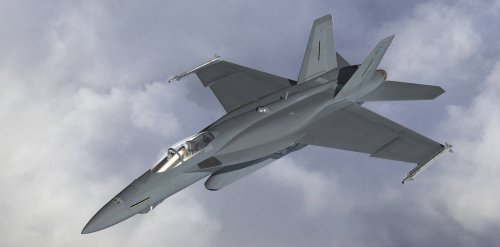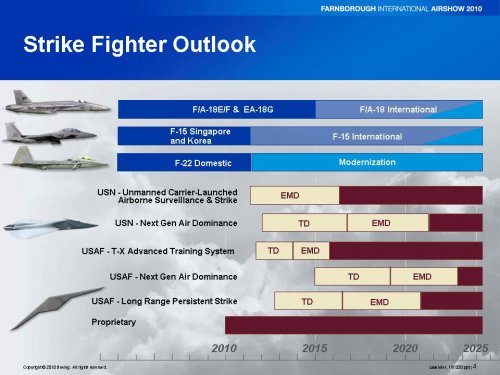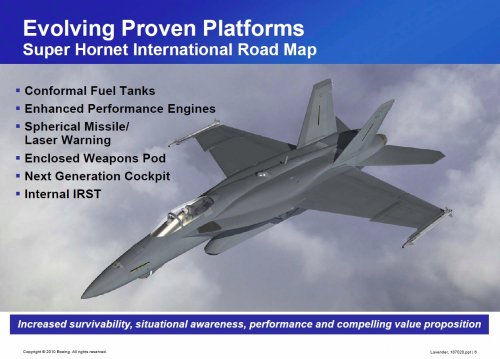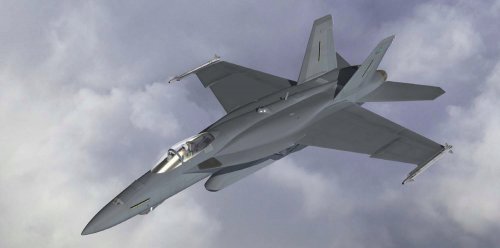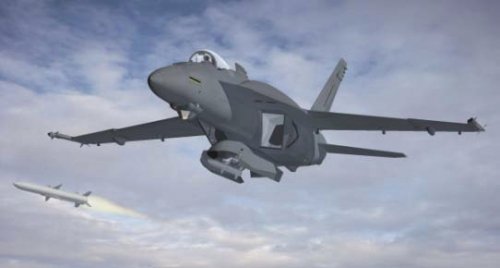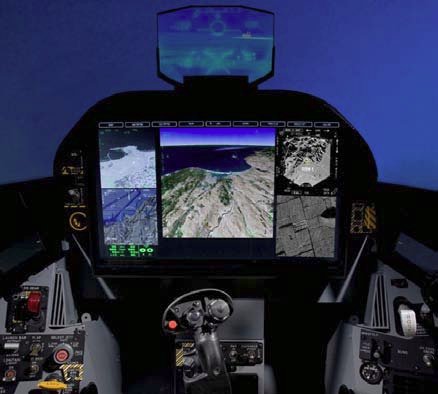For starting this thread, I want to study this advanced fighter not simply post some interjections.
Now, this fighter seem to be more better than I imaged before, with superior ECM, high T/W rate, CRAET airintakes etc. But right now, I really hope to know is are there other pix which showed not prototype reveal this phenomenon as circled in pic below? Or could you please post other clear pix to show prototype of F-18E that revealed this phenomenon?
Could u tell me what this for? The three missiom you chosen I believe you can do it!
[post edited to include picture as attachment - moderator]
Now, this fighter seem to be more better than I imaged before, with superior ECM, high T/W rate, CRAET airintakes etc. But right now, I really hope to know is are there other pix which showed not prototype reveal this phenomenon as circled in pic below? Or could you please post other clear pix to show prototype of F-18E that revealed this phenomenon?
Could u tell me what this for? The three missiom you chosen I believe you can do it!
[post edited to include picture as attachment - moderator]

